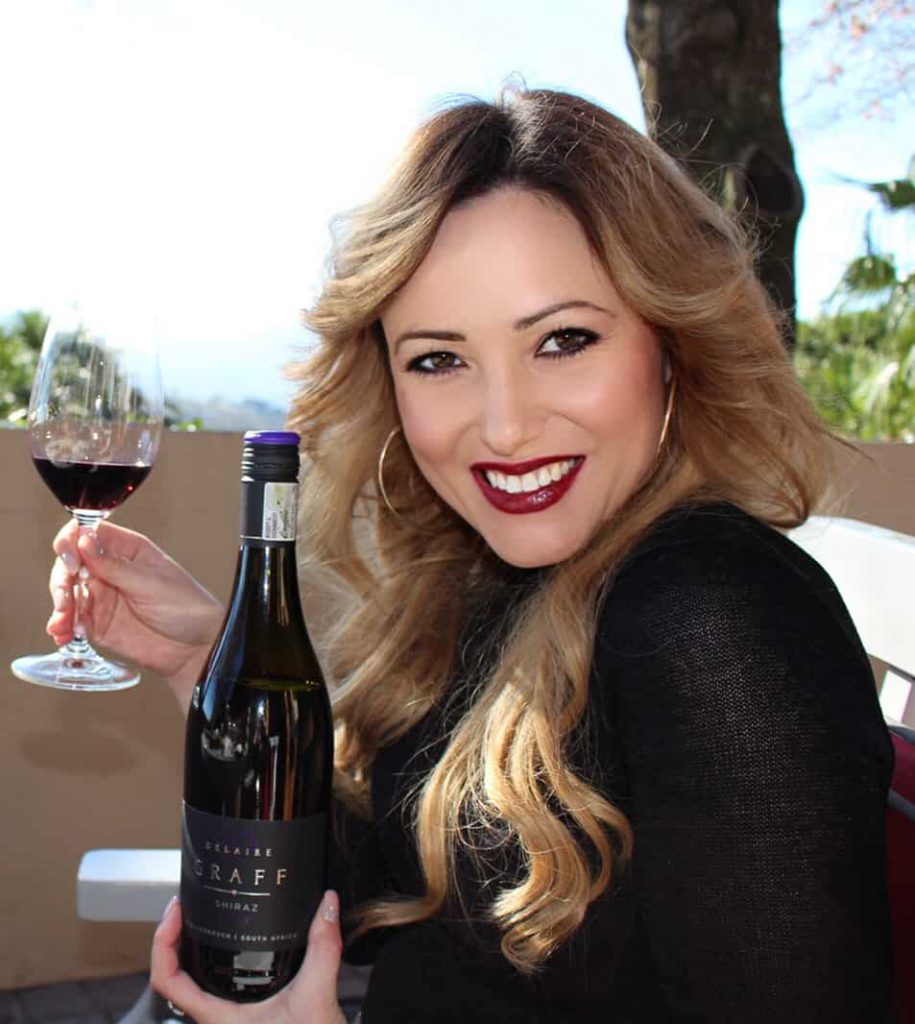Champagne was obscure before the eighteenth Century. We think about all sparkling wine as champagne despite the fact that that word is held uniquely for sparkling wine made by a quite certain procedure in the district of Champagne, in northern France. The focal issues with making wine that far north are that grapes seldom age completely and the aging regularly stops rashly as temperatures fall in the winter. As containers warm in the spring they finish their aging making alcoholic quality as well as carbon dioxide. In the days of yore, containers would either barge in the basement due the inner gas pressure or, whenever opened they would froth and air pocket. In any case, the wine wasn’t bad by any stretch. On the off chance that the issues could be comprehended and controlled, there may be potential here.

Dom Perignon, a seventeenth century Benedictine priest is famously credited with creating sparkling wine. Moet and Chandon named the first since forever esteem cuvee in quite a while respect. However, the Dom consumed the greater part of his time on earth attempting to make sense of how to keep his wines from winding up bubbly. The genuine credit for establishing the Champagne technique goes to the widow veuve Clicquot, a nineteenth Century French lady who assumed control over her better half’s wine business when he kicked the bucket. The key element of the Ruou Vang No technique is that the subsequent aging occurs inside the container. Less expensive, large scale manufacturing methods are utilized somewhere else albeit, around the world, the best sparkling wine is made as the Champenoise make it. With the assistance of her better half’s accomplished basement expert’s Madame Clicquot made the whimsical, touchy wines of Champagne into a steady, extravagant wine that is never strange and, now and again completely called for.
The mystery in making Champagne is to control that second aging which occurs inside the container. It requires an overwhelming jug that can withstand the inward weight and the exact mixing of still wines for the base of the bubbly, to deliver a rich, adjusted outcome. Champagne is made by mixing many table wines from various vintages. Chardonnay and Pinot Noir are the customary grapes utilized, with now and again a scramble of Pinot Meunier. Blanc de Blanc is made totally from Chardonnay grapes. Blanc de Noir is produced using Pinot Noir grapes skins expelled, so it is anything but a red wine. Most Champagne houses don’t develop their own grapes, they buy grapes from little cultivators or at times buy wine previously made which they at that point mix. Some of the time more than 100 distinctive despite everything wines are mixed along with the objective of making a predictable cuvee a seemingly endless amount of time after year. Just in the absolute best years will a Champagne maker use grapes from a similar vintage.
